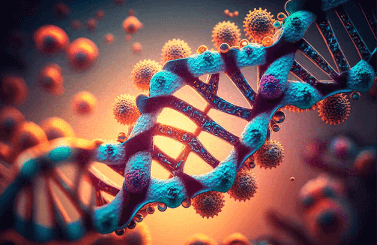Question
a.
immobility of dislocation.
b.
strain-ageing.
c.
increase in Young's modulus.
d.
strain hardening.
Posted under Basic Chemical Engineering
Interact with the Community - Share Your Thoughts
Uncertain About the Answer? Seek Clarification Here.
Understand the Explanation? Include it Here.
Q. Between 230 and 370°C, blue brittleness is caused in mild steel because of the
Similar Questions
Explore Relevant Multiple Choice Questions (MCQs)
Q. Boiling point of water gets lowered at high altitudes (e.g., hills), because
View solution
Q. With increase in temperature, the electrical conductivity of semiconductors
View solution
Q. Which of the, following is not associated with the functioning of a petrol engine ?
View solution
Q. Minimum number of members required to form a Public Limited Joint Stock Com-pany is
View solution
Q. In an eutectic system, two elements are completely
View solution
Q. Boiler tube size is specified by its thickness and __________ diameter.
View solution
Q. Break even point represents the condition, when the company runs under no profit no loss condition. In break even analysis, total cost comprises of fixed cost
View solution
Q. Unit of surface tension in S.I. unit is
View solution
Q. The joint for soldering is supported by binding wire made of
View solution
Q. The main reducing agent in iron blast furnace is
View solution
Q. Fibrous fracture is normally encountered in the __________ materials.
View solution
Q. Bad odour in sanitary latrines is reduced by periodically sprinkling
View solution
Q. __________ has the highest melting point out of the following.
View solution
Q. The only suitable method for hardening the low carbon steel is case hardening. Which of the following is a case hardening process?
View solution
Q. Annealing of cast iron
View solution
Q. A dummy activity is used in PERT network to describe the
View solution
Q. Which of the following is not a characteristic observed in material failure by fatigue fracture ?
View solution
Q. A polymer is termed as an 'elastomer', if its percentage elongation is more than 100%. An elastomer is termed as 'rubber' if its percentage elongation is more than __________ percent.
View solution
Q. Current employed in resistance welding ranges from __________ kVA/cm² .
View solution
Q. Coating thickness in case of galvanising of steel sheet generally corresponds to the deposition of __________ gms of zinc per m² of steel strip.
View solution
Recommended Subjects
Are you eager to expand your knowledge beyond Basic Chemical Engineering? We've handpicked a range of related categories that you might find intriguing.
Click on the categories below to discover a wealth of MCQs and enrich your understanding of various subjects. Happy exploring!








